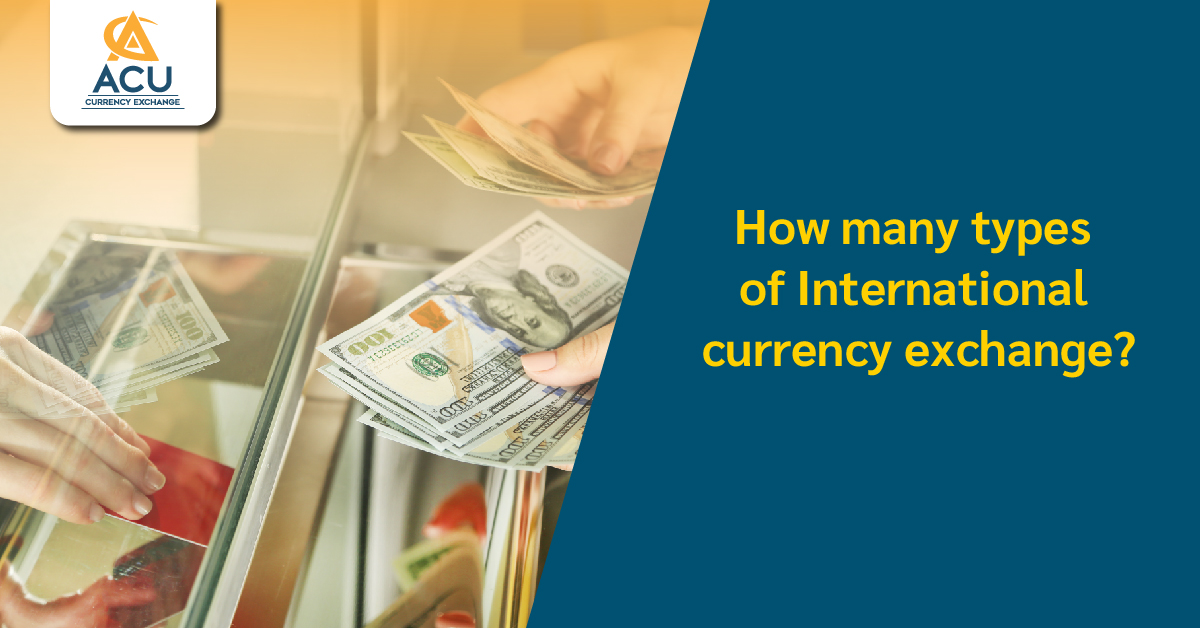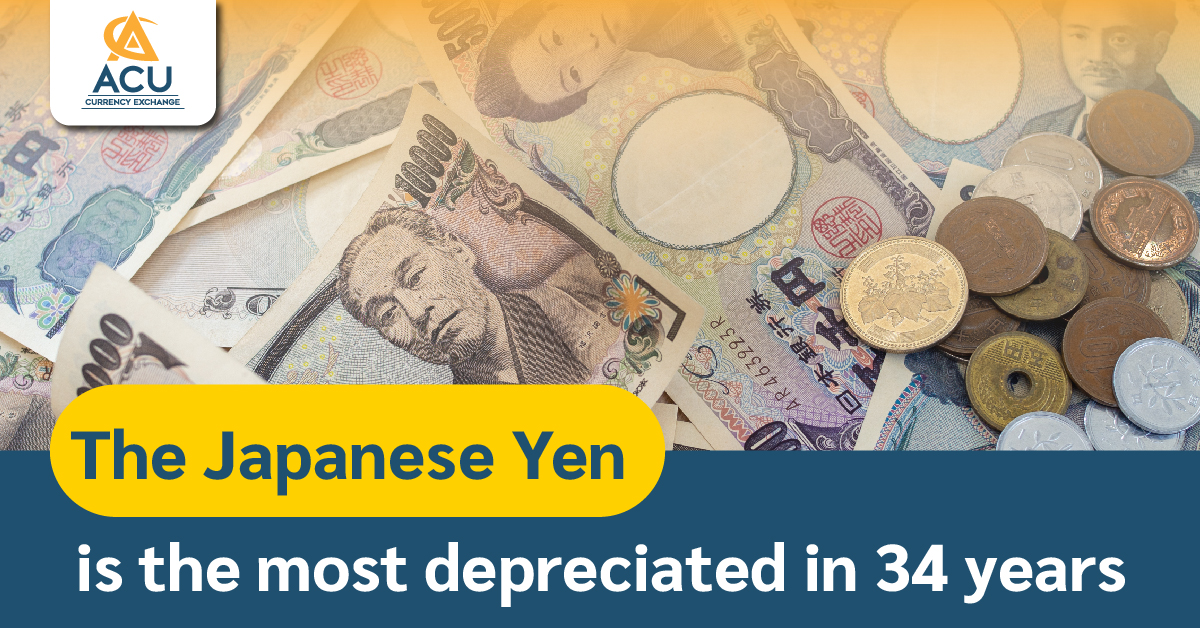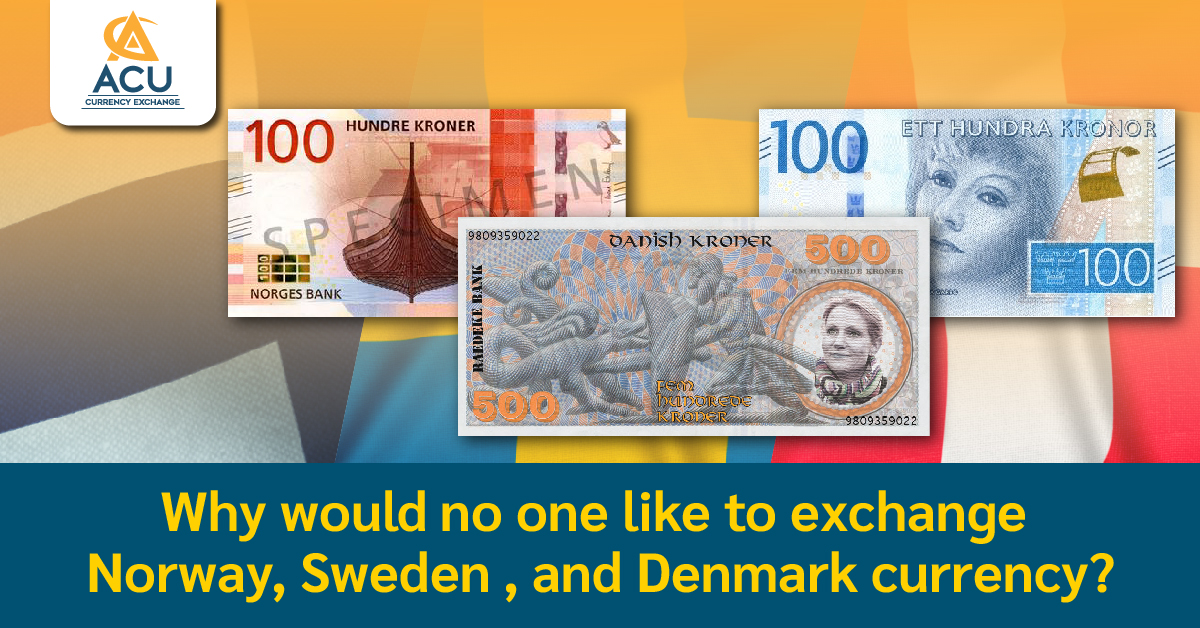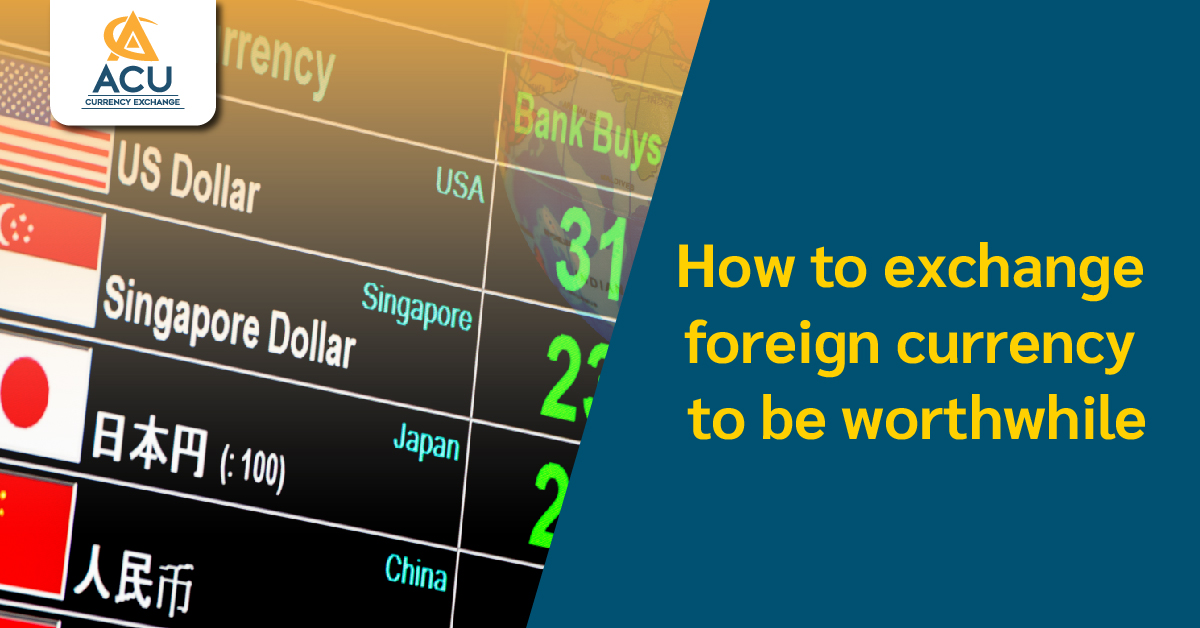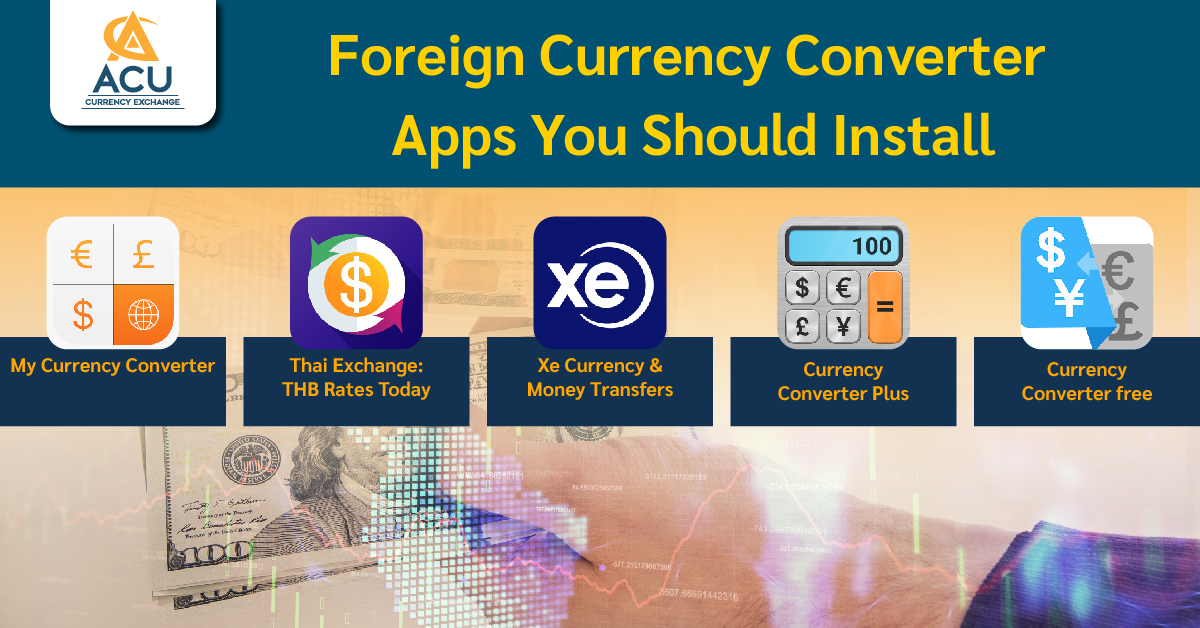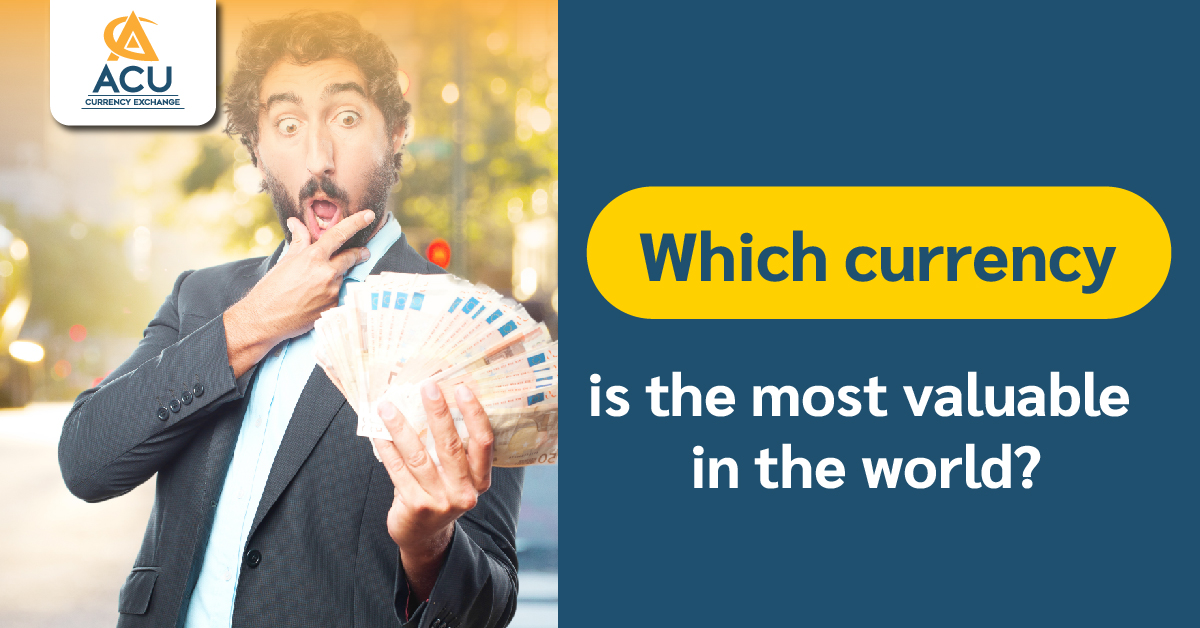Share article
How many types of International currency exchange?
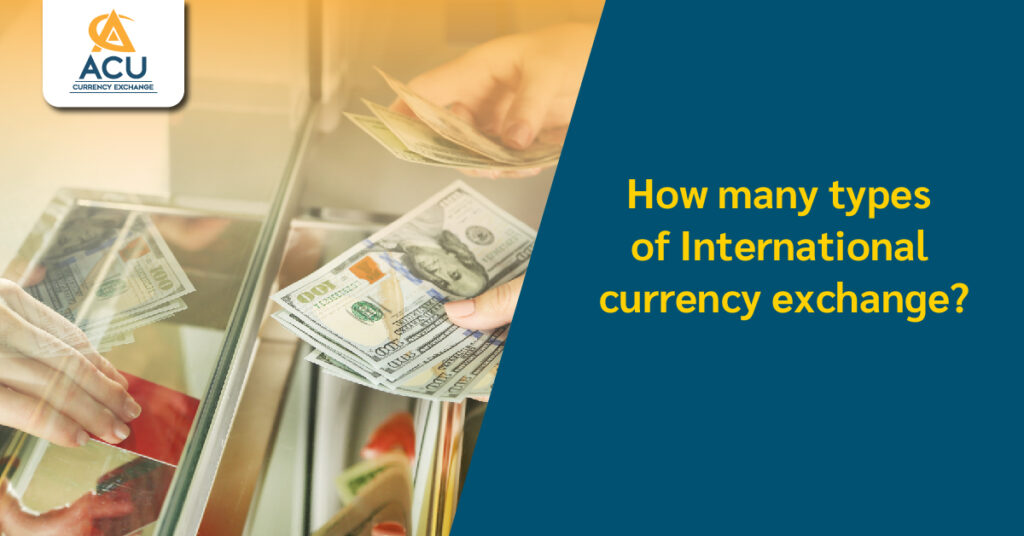
Content
What is International currency exchange?
International currency exchange is the trade of the two parties trading their currency with each other. Normally, foreign exchange is made only when traveling to different countries or when trading goods or services payable in foreign currency.
In the process of international currency exchange, we must first look at the exchange rates of currencies in each country to see whether it is worth trading on both sides or not. We can exchange international currency at banks and foreign exchange companies all over the world.
Thai exchange rate system
In general, the exchange rate is divided into two types.
1. Official Exchange Rate
This is the exchange rate set by the government, which will be fixed for a certain period. The government will try to adjust the exchange rate to be as close as the ones in the market. This rate is mostly used for commercial banks and central banks in that country.
2. Market Exchange Rate
This rate is determined according to the demand and supply of foreign exchange. These two types of exchange rates are not the same. If there is a very similar rate, the official exchange rate is appropriate. However, if the rates differ significantly, the country’s official foreign exchange rate is not as good as it should be, the balance of payments may occur.
How many types of International currency exchange systems?
According to the theory of international financial economics following universal principles, there can be two main exchange rate systems.
1. Fixed Exchange Rate
It is a system that adjusts the exchange rate of foreign currency in a fixed manner, where the international exchange rate does not change according to the demand and supply of money.
For example, the U.S. dollar and major currencies such as the euro, yen, and basket of currencies
2. Floating Exchange Rate
The exchange rate changes according to market volatility, depending on the mechanism of demand and supply in the foreign exchange market. Therefore, this foreign exchange system may fluctuate in calculating the prices of imported and exported goods in the market.
There are also other exchange systems as follows,
3. Pegged Exchange Rate
It is a combination of a fixed and floating currency exchange system. The country imposes a fixed exchange rate on foreign currencies. However, the system still allows for small fluctuations to provide flexibility in improving the suitability of the economic conditions at any given time.
4. Managed Float Exchange Rate
It is a system that combines the currency exchange system that allows the country’s central bank to intervene in foreign exchange rates to change the direction of currency floating or reduce the number of currency fluctuations.
Countries that use this system are Japan, Mexico, Thailand, Turkey, Sweden, Israel, Brazil, and India. In addition, Switzerland also used this rate to cut its Swiss franc ceiling to 0.83 euros in 2011.
Those interested in exchanging good-rated foreign currencies in Huai Kwang can come to exchange money easily with the ACU Currency Exchange. Simply visit Huai Kwang MRT Exit 4 and walk 500 meters straight to ACU Building Headquarters.
Exchange rates can be checked by
business day and time at https://acu-exchange.com/
or online booked at Line OA: https://lin.ee/ph4iznU.
Open Every Monday – Friday from 10:00 a.m. to 5:00 p.m.
Address: 205/18 – 19 Ratchadaphisek Road, Ratchadaphisek Subdistrict, Din Daeng District, Bangkok 10400.
Tel: 02-0021008, 061-0283918, 084-3244893
References from
- Popular tags | currency exchange, International currency exchange
Share article
About the Author

ACU-Exchange
ACU Currency Exchange - international currency exchange
